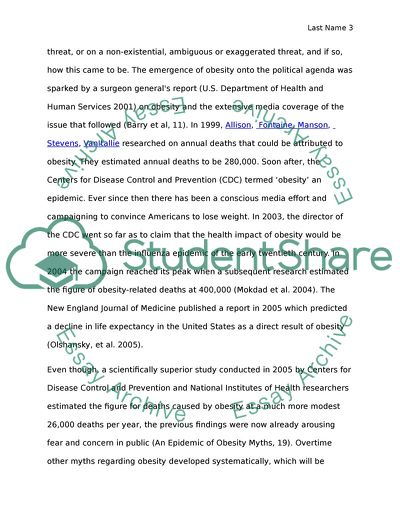Cite this document
(Obesity Epidemic in the US Research Paper Example | Topics and Well Written Essays - 2250 words, n.d.)
Obesity Epidemic in the US Research Paper Example | Topics and Well Written Essays - 2250 words. https://studentshare.org/health-sciences-medicine/1767838-the-united-states-of-america-suffers-from-an-obesity-epidemic
Obesity Epidemic in the US Research Paper Example | Topics and Well Written Essays - 2250 words. https://studentshare.org/health-sciences-medicine/1767838-the-united-states-of-america-suffers-from-an-obesity-epidemic
(Obesity Epidemic in the US Research Paper Example | Topics and Well Written Essays - 2250 Words)
Obesity Epidemic in the US Research Paper Example | Topics and Well Written Essays - 2250 Words. https://studentshare.org/health-sciences-medicine/1767838-the-united-states-of-america-suffers-from-an-obesity-epidemic.
Obesity Epidemic in the US Research Paper Example | Topics and Well Written Essays - 2250 Words. https://studentshare.org/health-sciences-medicine/1767838-the-united-states-of-america-suffers-from-an-obesity-epidemic.
“Obesity Epidemic in the US Research Paper Example | Topics and Well Written Essays - 2250 Words”. https://studentshare.org/health-sciences-medicine/1767838-the-united-states-of-america-suffers-from-an-obesity-epidemic.


